Unpacking the Connection Between the Paleo Diet and Candida: What You Need to Know
This blog post will discuss the similarities between the paleo diet and candida diet
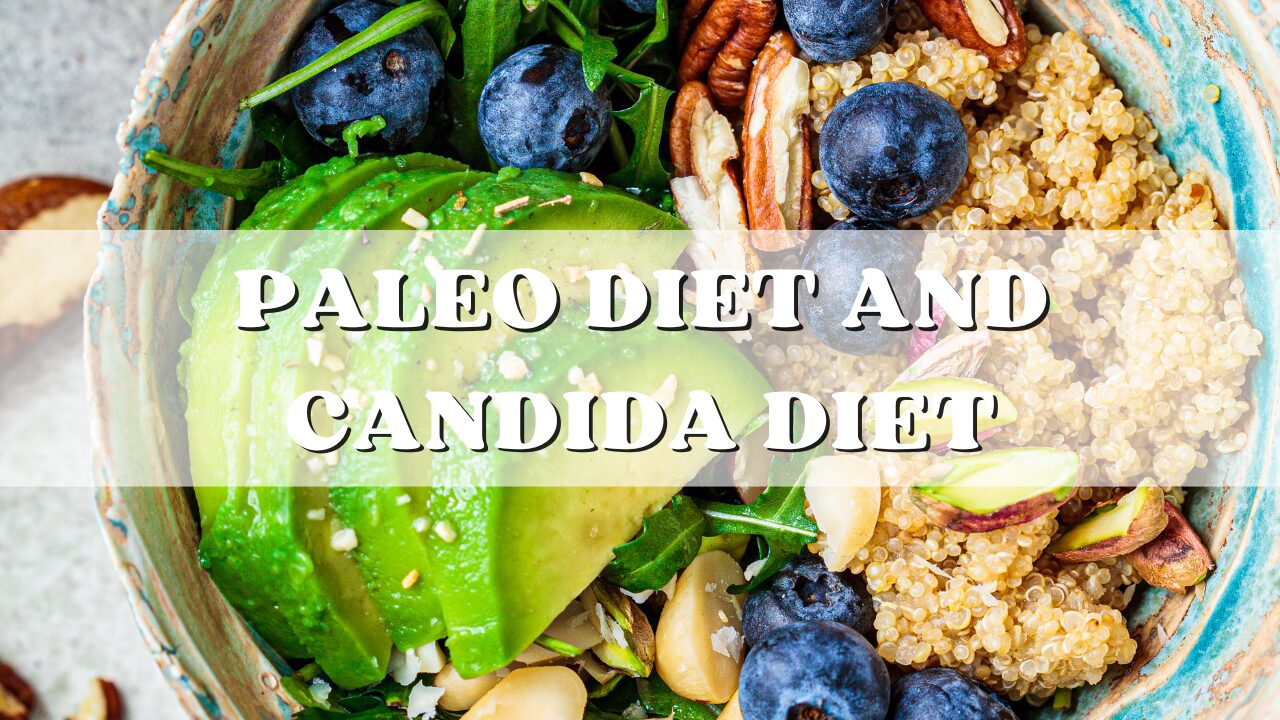
The paleo diet and candida diet are two popular approaches to nutrition often confused with each other. The paleo diet focuses on whole, unprocessed foods and avoidance of sugar and refined carbs which aligns closely with the principles of a candida diet. You’re not wrong if you eat one way over the other, but if you do find yourself eating mostly paleo diet, you are setting yourself up to succeed on a candida cleanse.
In this post, I’ll discuss the similarities between the paleo diet and candida and explore how adopting a paleo lifestyle can enhance your efforts to overcome candida overgrowth.
Table of Contents
Paleo Diet and Candida Diet: Benefits and Differences
The paleo diet offers many of the same benefits as a candida diet, what differs is its origin and the foods included.
What is a Paleo Diet?
The Paleo diet, also known as the Paleolithic or caveman diet, emphasizes foods that our ancestors ate during the Paleolithic era. It includes:
- Whole Foods: The foundation of the Paleo diet is whole, unprocessed foods such as lean meats, fish, eggs, fruits, vegetables, nuts, and seeds.
- Elimination of Processed Foods: Processed foods, which are often laden with sugars, artificial ingredients, and preservatives, are eliminated on the Paleo diet.
- Avoidance of Grains and Legumes: Grains and legumes are excluded from the Paleo diet due to their potential inflammatory and digestive effects.
- Healthy Fats: The diet encourages the consumption of healthy fats from sources like avocados, olive oil, and coconut oil.
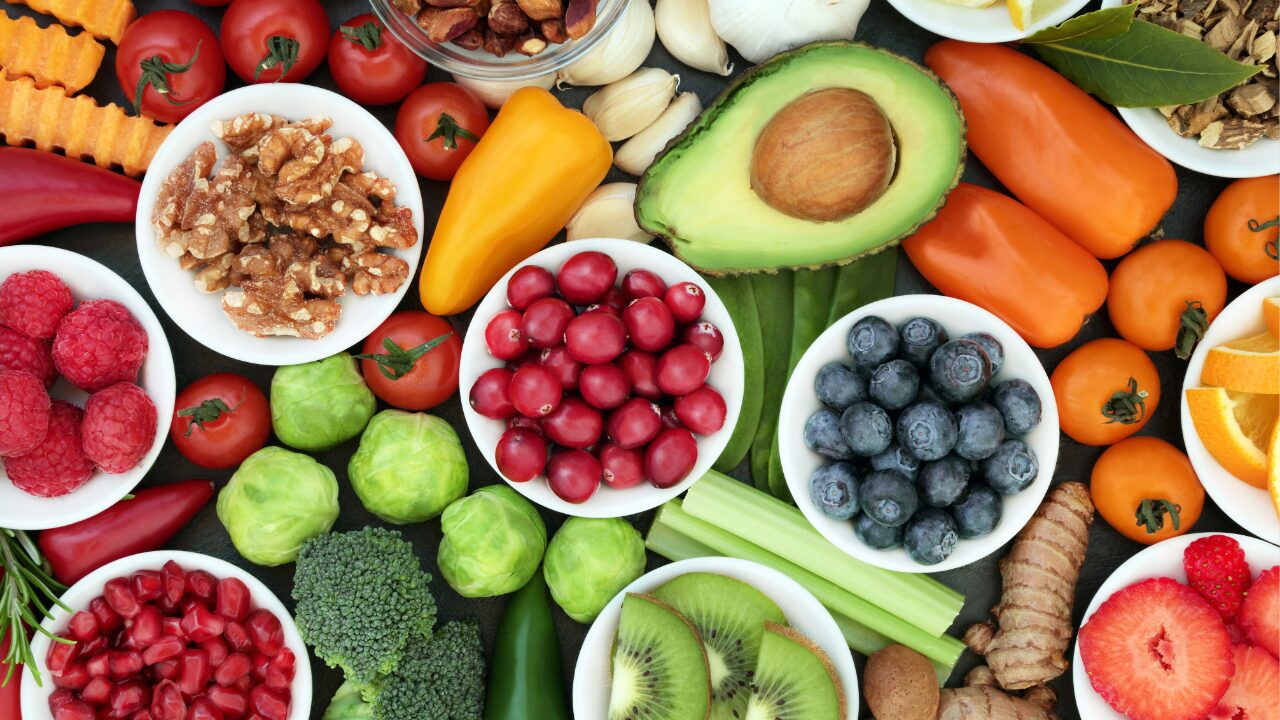
What is a Candida Diet?
A candida diet is a nutrition plan to help reduce Candida albicans overgrowth, a type of yeast that naturally lives in the body. The diet includes an eating regimen that avoids foods associated with feeding candida overgrowth such as refined sugar and carbs, dairy products, and alcohol to starve the yeast and restore balance in the gut.
Foods that are included in the diet:
- Non-starchy vegetables: Non-starchy vegetables are low in sugar and packed with essential vitamins, minerals, and antioxidants that support overall health and immune function
- Lean proteins: Eating meals with chicken, turkey, and fish will keep you full and satisfied after meals and will help with managing cravings and stabilizing blood sugar levels
- Healthy fats: Foods such as avocado, and oils found in nuts and seeds include anti-inflammatory properties that can help reduce inflammation in the body.
- Probiotic-rich foods: Foods such as coconut kefir and sauerkraut help to support gut health and immune function.
How Paleo Supports Candida Cleanse
While the Paleo diet and Candida diet have different primary goals, there are areas where they overlap. Both diets emphasize whole foods and limit or eliminate processed ingredients, sugars, and grains. This shared focus on clean eating can benefit individuals looking to improve their health and address Candida issues simultaneously.
If you’re already on a paleo diet and need to shift over to a candida cleanse, here are the areas you have an advantage:
- Sugar Elimination: One of the key strategies in combating candida overgrowth is reducing sugar intake. The Paleo diet naturally eliminates refined sugars and focuses on low-glycemic fruits, making it ideal for the candida cleanse.
- Gut Health: The Paleo diet promotes a healthy gut environment by emphasizing fiber-rich vegetables and probiotic-rich foods like fermented vegetables and yogurt (for those who tolerate dairy).
- Anti-Inflammatory Effects: By excluding grains and legumes, which can be inflammatory for some individuals, the Paleo diet helps reduce inflammation in the gut, supporting the healing process during a candida cleanse.
- Nutrient-Dense Foods: The nutrient density of Paleo foods ensures that you’re getting essential vitamins, minerals, and antioxidants to support overall health and immune function, crucial elements in combating candida overgrowth.
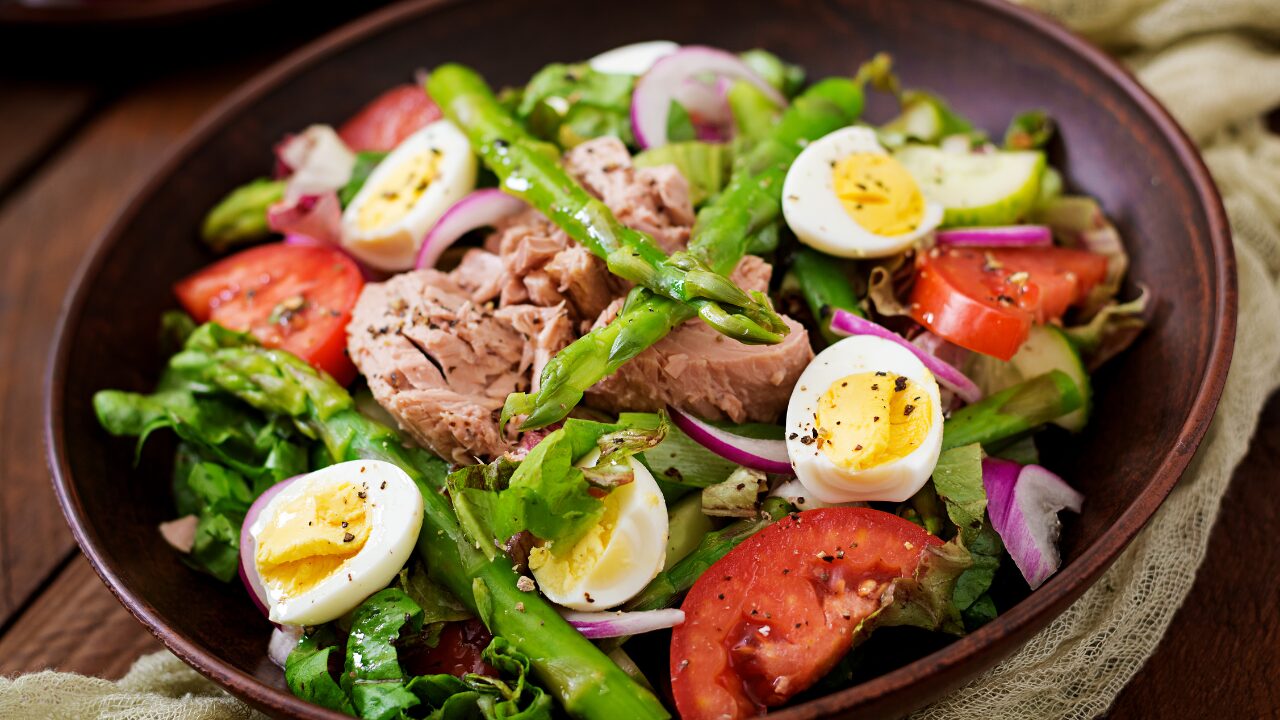
Tips for Success Transitioning from a Paleo Diet to a Candida Diet
While the paleo and candida diet are very similar, there are a few outliers to it. The paleo diet allows for some carbs from fruits and vegetables, whereas in candida cleanse this is more restricted.
Nonetheless, if you are currently eating a paleo diet and need to transition to candida diet here are some tips for success:
- Gradual Transition: If you’re new to the candida diet, start by gradually eliminating processed foods and sugars to ease into the new eating pattern.
- Stay Hydrated: Adequate hydration is essential for flushing out toxins during a candida cleanse. Drink plenty of water throughout the day.
- Monitor Symptoms: The most important part is to pay attention to how your body responds to the diet changes. Keep a food diary to track any improvements or potential triggers.
Conclusion
- Both the Paleo diet and candida diet emphasize whole foods and limit or eliminate processed ingredients, sugars, and carbohydrates
- The paleo diet focuses on whole, nutrient-dense foods and avoidance of inflammatory ingredients making it a natural fit for supporting a candida cleanse
- If you are following primarily a Paleo eating regimen, you can use the benefits of the paleo diet to support your candida cleanse journey and heal your body
- Remember, consistency and patience are key on this journey toward balance and wellness. Embracing paleo or candida cleanse eating plan as not just a diet but a sustainable lifestyle choice that supports your overall well-being
For more candida diet content
– https://www.sheresenicole.com/5-strategies-to-help-you-get-started-on-the-candida-diet/
– https://www.sheresenicole.com/foods-to-eat-on-candida-diet/
– https://www.sheresenicole.com/candida-diet-dinner-ideas/
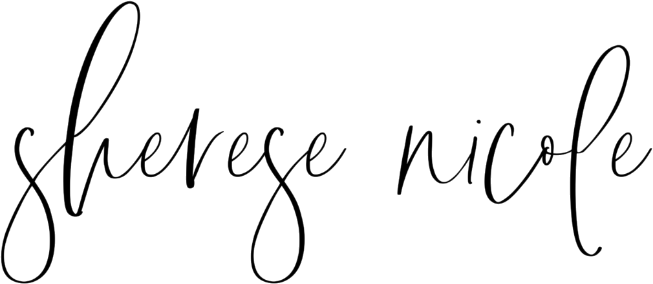
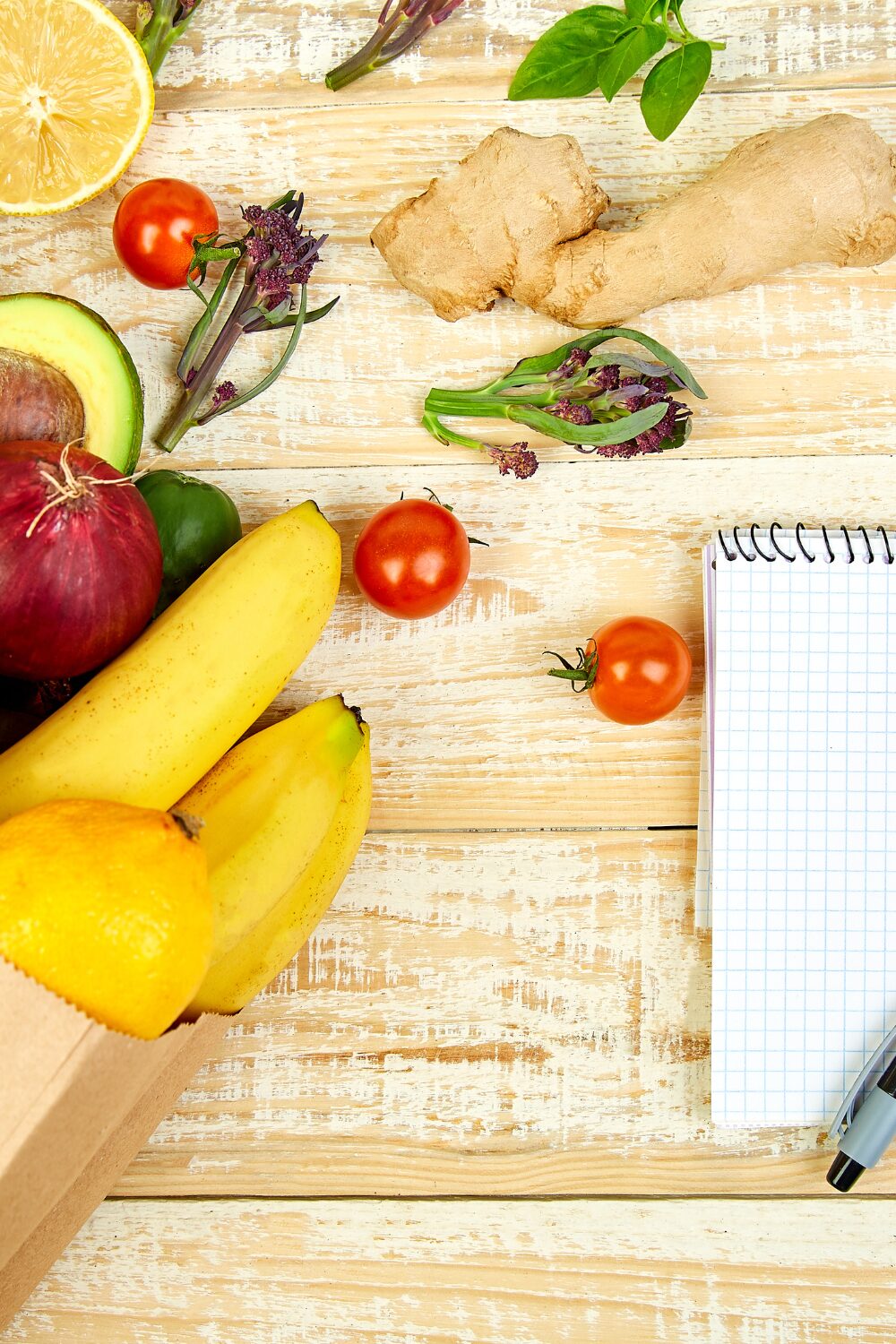
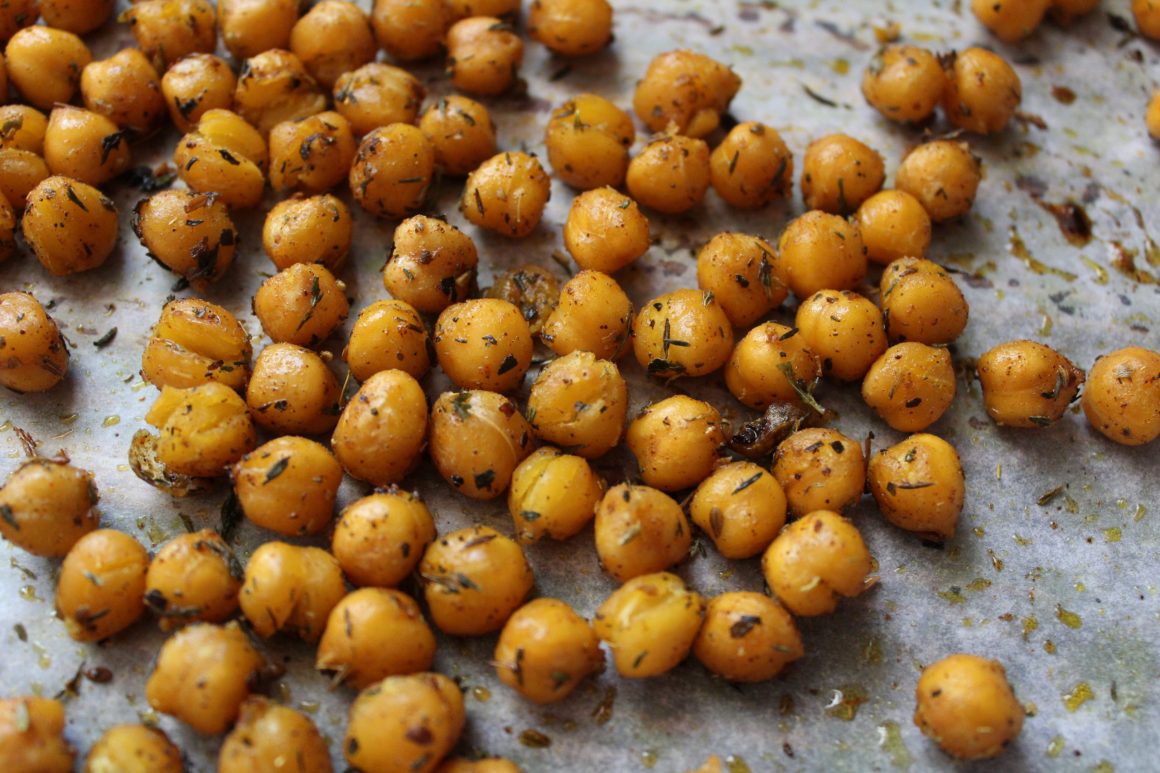
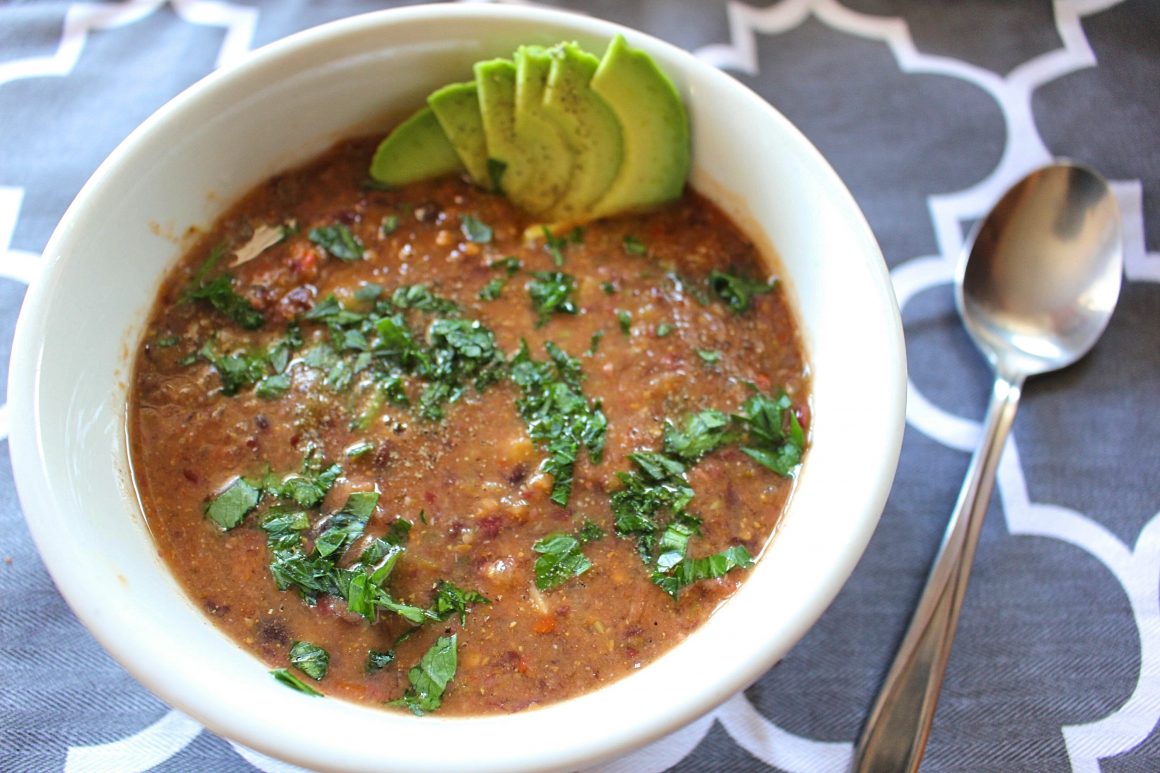

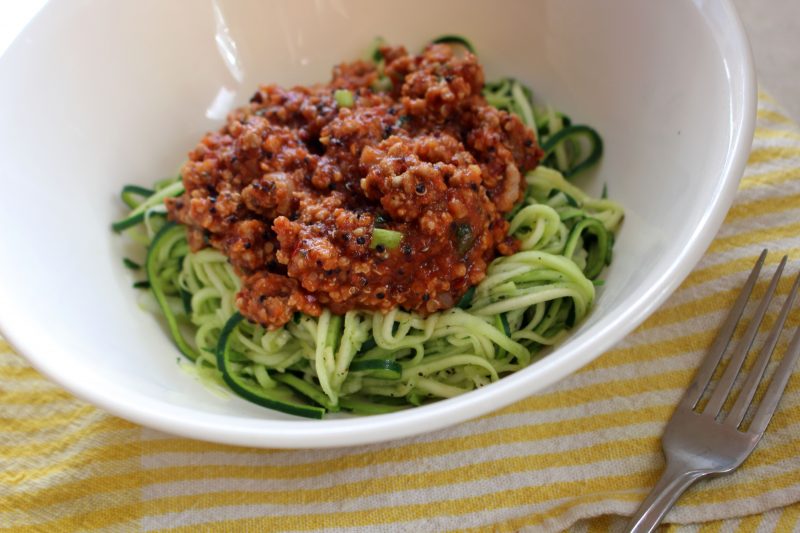
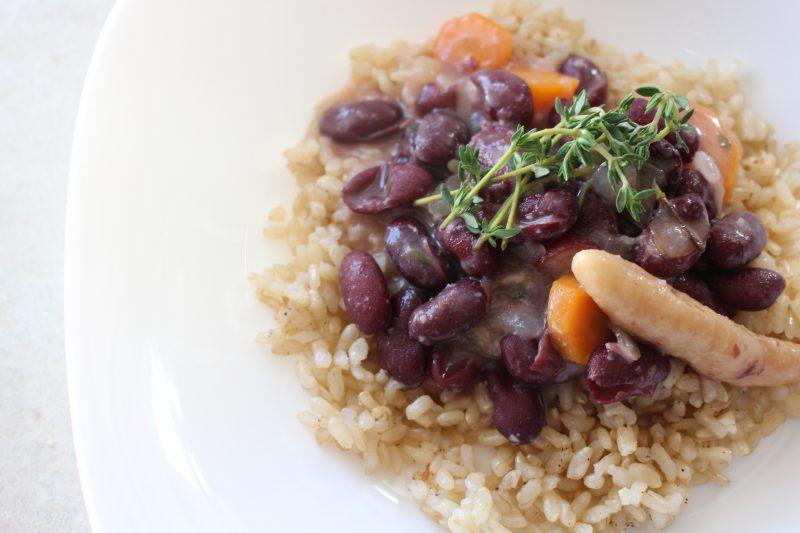
Join the List
Stay up to date & receive the latest posts in your inbox.